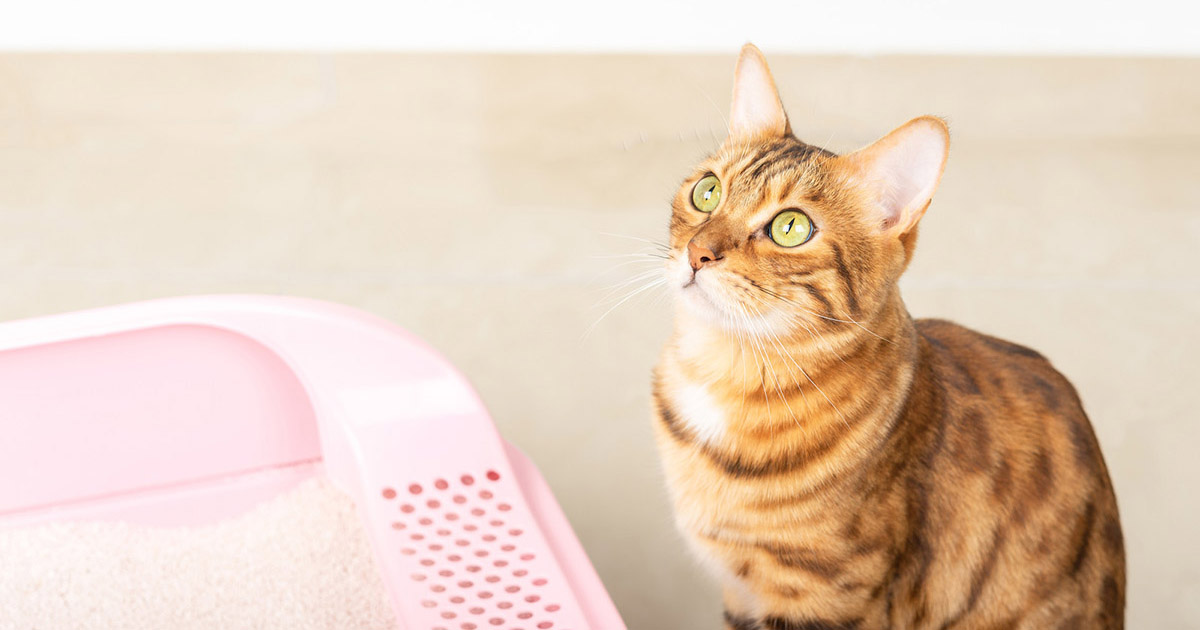Why You Should Never Flush Cat Poop Down Your Toilet - Crucial Information
Why You Should Never Flush Cat Poop Down Your Toilet - Crucial Information
Blog Article
We have encountered this post on How to Dispose of Cat Poop and Litter Without Plastic Bags below on the web and felt it made perfect sense to write about it with you on this page.

Intro
As feline proprietors, it's vital to bear in mind just how we take care of our feline good friends' waste. While it might appear practical to purge feline poop down the bathroom, this technique can have harmful consequences for both the atmosphere and human health.
Alternatives to Flushing
The good news is, there are more secure and much more liable methods to dispose of feline poop. Consider the following choices:
1. Scoop and Dispose in Trash
One of the most typical technique of getting rid of cat poop is to scoop it right into a naturally degradable bag and throw it in the trash. Make certain to make use of a specialized litter scoop and take care of the waste immediately.
2. Use Biodegradable Litter
Choose biodegradable feline litter made from products such as corn or wheat. These trashes are environmentally friendly and can be securely thrown away in the trash.
3. Hide in the Yard
If you have a lawn, consider hiding feline waste in a designated area away from veggie gardens and water resources. Make sure to dig deep enough to stop contamination of groundwater.
4. Mount a Pet Waste Disposal System
Buy an animal garbage disposal system especially designed for feline waste. These systems make use of enzymes to break down the waste, reducing odor and ecological influence.
Health Risks
In addition to environmental problems, flushing pet cat waste can likewise pose health and wellness dangers to human beings. Pet cat feces might contain Toxoplasma gondii, a parasite that can cause toxoplasmosis-- a potentially serious health problem, specifically for expectant females and people with damaged immune systems.
Environmental Impact
Flushing feline poop introduces dangerous virus and bloodsuckers right into the supply of water, presenting a substantial danger to aquatic communities. These pollutants can adversely affect aquatic life and concession water high quality.
Final thought
Accountable animal ownership extends past supplying food and sanctuary-- it likewise involves proper waste management. By avoiding purging pet cat poop down the commode and going with alternative disposal methods, we can decrease our environmental impact and shield human wellness.
Why Can’t I Flush Cat Poop?
It Spreads a Parasite
Cats are frequently infected with a parasite called toxoplasma gondii. The parasite causes an infection called toxoplasmosis. It is usually harmless to cats. The parasite only uses cat poop as a host for its eggs. Otherwise, the cat’s immune system usually keeps the infection at low enough levels to maintain its own health. But it does not stop the develop of eggs. These eggs are tiny and surprisingly tough. They may survive for a year before they begin to grow. But that’s the problem.
Our wastewater system is not designed to deal with toxoplasmosis eggs. Instead, most eggs will flush from your toilet into sewers and wastewater management plants. After the sewage is treated for many other harmful things in it, it is typically released into local rivers, lakes, or oceans. Here, the toxoplasmosis eggs can find new hosts, including starfish, crabs, otters, and many other wildlife. For many, this is a significant risk to their health. Toxoplasmosis can also end up infecting water sources that are important for agriculture, which means our deer, pigs, and sheep can get infected too.
Is There Risk to Humans?
There can be a risk to human life from flushing cat poop down the toilet. If you do so, the parasites from your cat’s poop can end up in shellfish, game animals, or livestock. If this meat is then served raw or undercooked, the people who eat it can get sick.
In fact, according to the CDC, 40 million people in the United States are infected with toxoplasma gondii. They get it from exposure to infected seafood, or from some kind of cat poop contamination, like drinking from a stream that is contaminated or touching anything that has come into contact with cat poop. That includes just cleaning a cat litter box.
Most people who get infected with these parasites will not develop any symptoms. However, for pregnant women or for those with compromised immune systems, the parasite can cause severe health problems.
How to Handle Cat Poop
The best way to handle cat poop is actually to clean the box more often. The eggs that the parasite sheds will not become active until one to five days after the cat poops. That means that if you clean daily, you’re much less likely to come into direct contact with infectious eggs.
That said, always dispose of cat poop in the garbage and not down the toilet. Wash your hands before and after you clean the litter box, and bring the bag of poop right outside to your garbage bins.
https://trenchlesssolutionsusa.com/why-cant-i-flush-cat-poop/

I was shown that article on How to Dispose of Cat Poop and Litter Without Plastic Bags through a good friend on our other domain. If you appreciated our blog post kindly remember to share it. I praise you for your time. Kindly check our site back soon.
Click Here Report this page